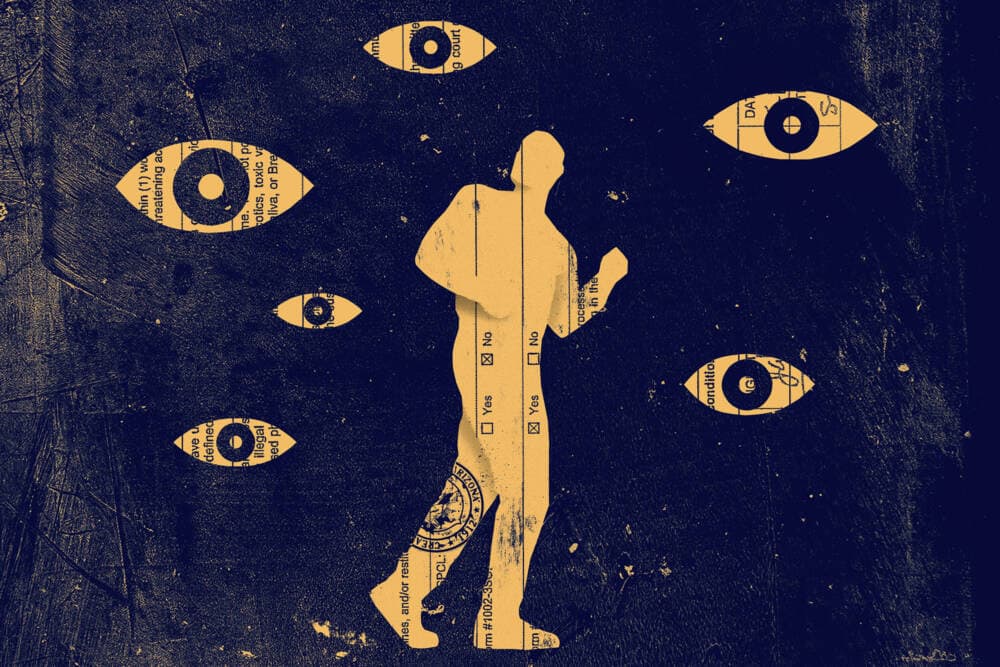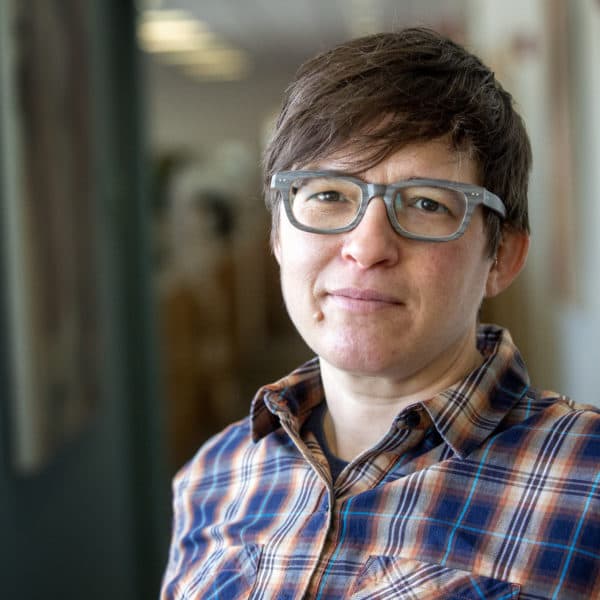Advertisement
Life without parole: How the board works — and doesn't — in the U.S.
Resume
What happens at parole boards is a huge part of Jacob Wideman’s story — and his story tells us a lot about the parole system in America.
After serving 25 years behind bars for killing his summer camp roommate, Eric Kane, Wideman went before a parole board in Arizona for the first time. Starting with his first hearing in 2011, he was denied parole over and over. Except for one time.
Every year in the United States, tens of thousands of people appear before parole boards asking to be released from prison. These boards play an outsized role in the criminal justice system — how much time someone actually spends in prison, or in some cases, whether they get out at all, is often decided not by a judge or jury, but by a parole board. And yet, few people understand how they work.
Part 3 of the Violation podcast, “Life Without Parole,” examines parole boards, largely secretive institutions that operate in many states with few rules and little oversight.
Listen to new episodes each Wednesday wherever you get your podcasts.
Find the full episode, more information and show notes here.
This segment aired on April 5, 2023.
